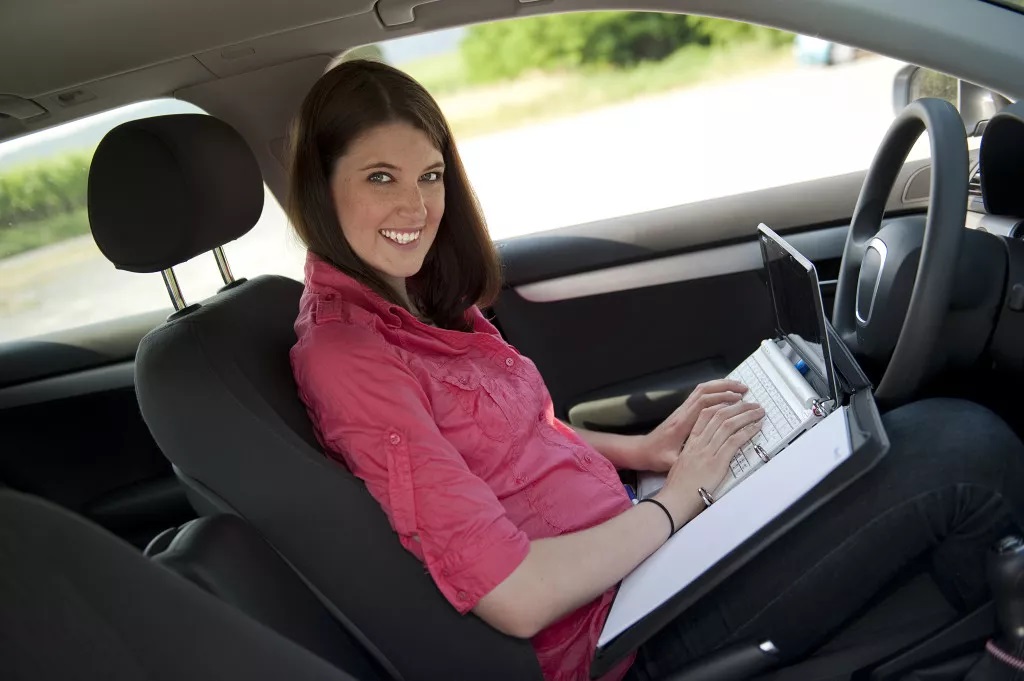The vehicle ergonomic risk assessment and group based education sessions are increasing in demand at Corporate Work Health Australia as companies and workers realise the importance of health and safety with regards to vehicle seat set up, working within the vehicle and manual handling to and from the vehicle.
The vehicle for many workers may infact be the primary work tool or work site for many and as a result of this, companies and workers are seeing the need to ensure health and safety and education is provided with regards to the following key areas:
- Entering and exiting the vehicle safely
- Vehicle seat ergonomic set up
- Working within the vehicle safely
- Storage and manual handing to and from the vehicle
The types of vehicles we currently assess and provide advice on include:
- Sedan / Hatchback
- SUV
- Transport van
- Truck
- Plant operating machinery
- Forklifts

The most common reason we will be asked to undertake a vehicle ergonomic risk assessment and training for companies and worker(s) include:
- Workers who are required to travel in a vehicle as part of their job i.e. sales reps.
- Workers who currently perform work within their vehicle whilst stationary i.e. laptop, tablet, mobile phone or paper based tasks.
- Workers who are required to store and transport items to and from their vehicle that involve manual handling and use of manual handling lifting devices.
- Workers who are experiencing musculoskeletal complaints with regards to their working postures and tasks performed i.e. sitting and driving, whilst working within the vehicle or when manual handling to and from the vehicle.
- Companies who would like guidance and advice on comparing one vehicle to another for suitability for individual fit and also work tasks to be performed.

Now that I have explained who may benefit from a vehicle ergonomic risk assessment and what types of vehicle we work with, I will look to explain briefly the vehicle ergonomic risk assessment process:
- Consultation with the worker regarding their current job role, use of vehicle and any concerns they might be having. The length of consultation and detail covered will depend upon the type of service undertaken i.e. general education and preventative measures may involve a more brief consult compared to a worker who is currently experiencing musculoskeletal complaints whilst working with the vehicle.
- Observation of the worker with regards to entering and exiting the vehicle, sitting within the vehicle, working within the vehicle and manual handling to and from the vehicle.
- Education and advice with regards to those areas observed.
- Reporting on findings of the assessment and recommendations with regards to the physical aspects of interacting with the vehicle, individual behavioural aspects as well as consideration of the cognititive and organisational ergonomic aspects.
For any companies whose workers currently use a work vehicle regularly or have worker(s) where hazards and risks have been identified or where workers musculoskeletal complaints are aggravated by vehicle based work, then please feel free to touch base with us at Corporate Work Health Australia to arrange a quote. This can be done by emailing admin@corporateworkhealth.com or by calling 1300 951 519.
For those companies or individuals looking to raise awareness and education on vehicle based ergonomics, please feel free to share the poster below or print it off and place it around the office.

This blog post was written by osteopath Heath Williams of Corporate Work Health Australia and Principle Four Osteopathy.

